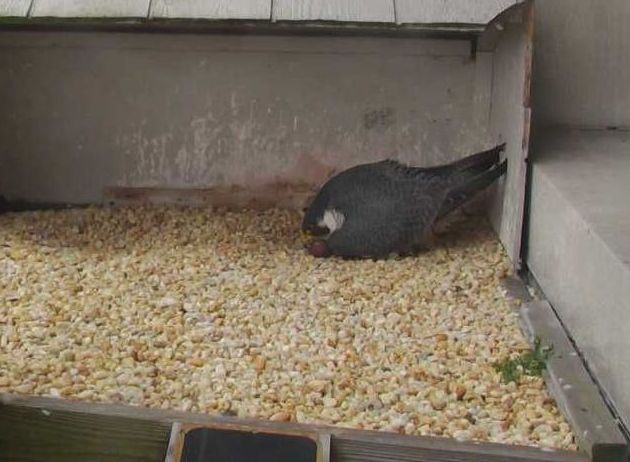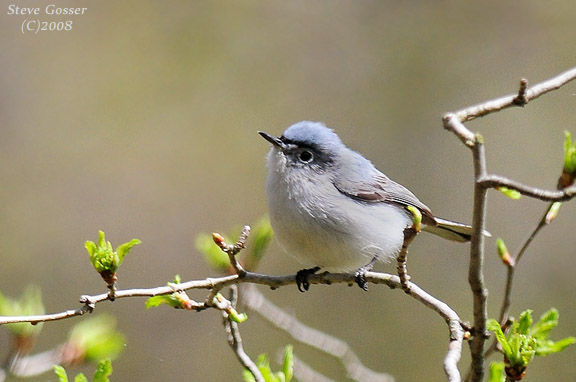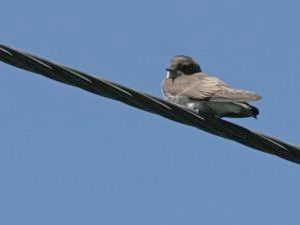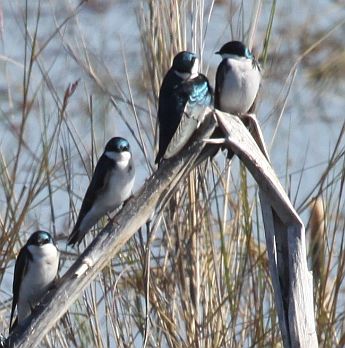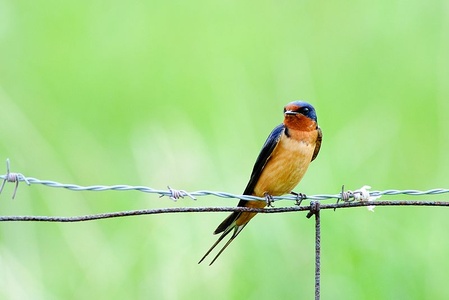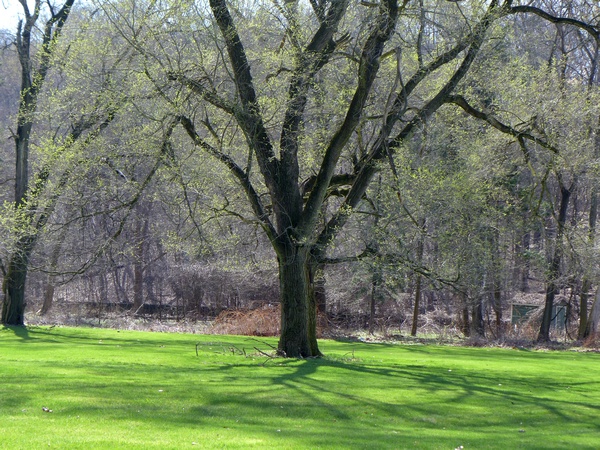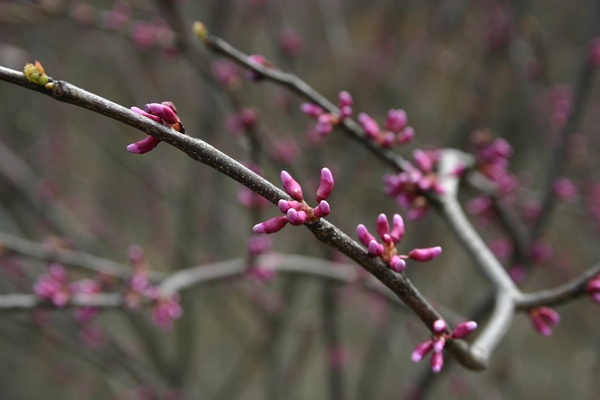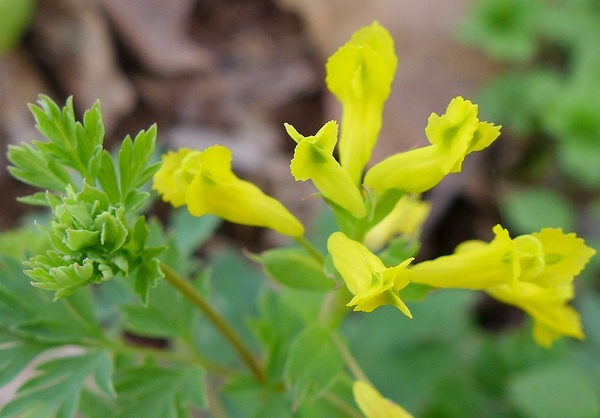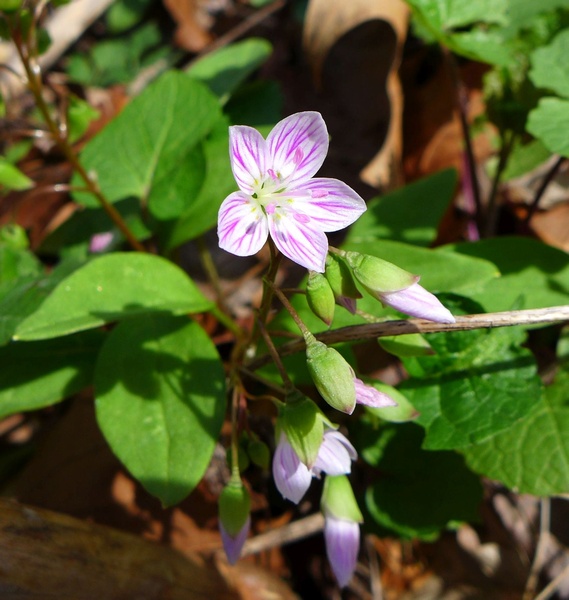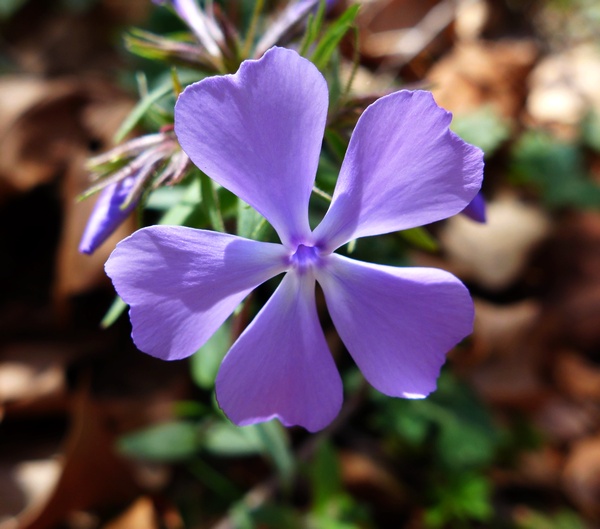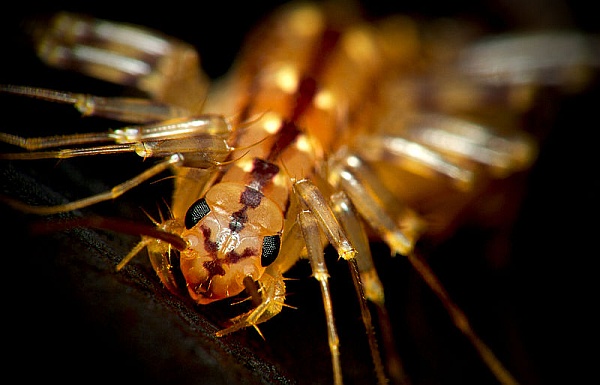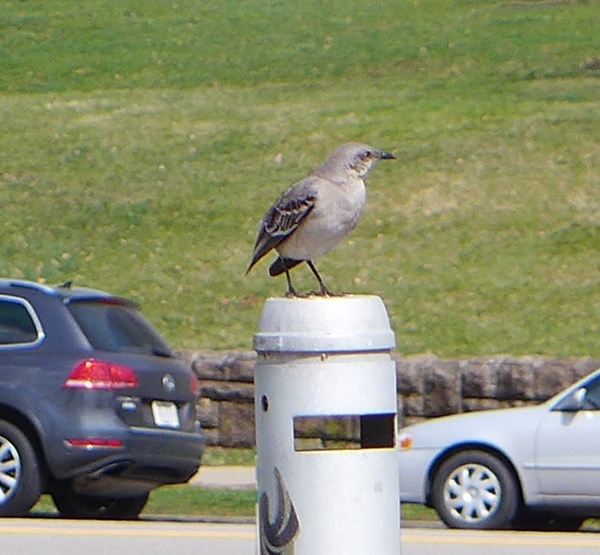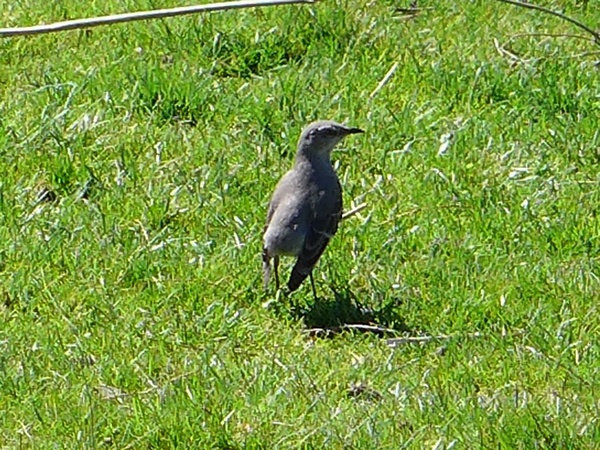
The ground has thawed, the shad are running, and across the hillsides there’s white lace among bare trees.
Downy serviceberry (Amelanchier arborea) is one of the first wild trees to bloom in eastern North America. At 30 feet tall with smooth gray bark, it opens its curly white flowers in early spring. The tree stands out against the gray backdrop of the hills in April but we don’t notice it in summer. The birds do, though, because its reddish-purple berries are a favorite food.
Serviceberries have a wealth of common names. On the eastern seaboard they bloom when a special fish, the American shad (Alosa sapidissima), swims upstream to spawn. In that region it’s called a shadbush.
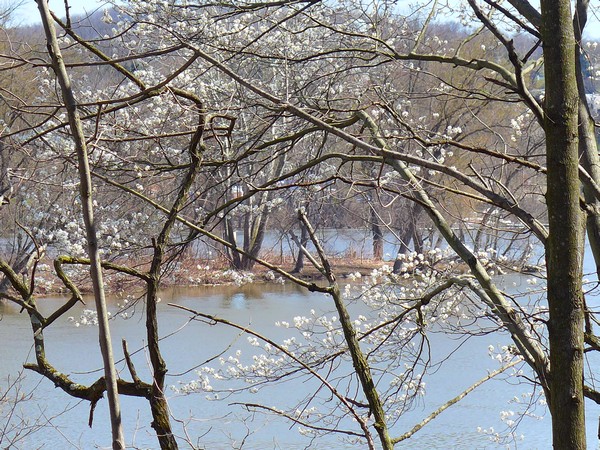
In Appalachia the serviceberries bloom when the ground has thawed enough to bury the dead and hold a funeral service. Where the word service is pronounced “sarvis,” it’s called a sarvisberry.
Though they’re members of the Rose family and have perfect flowers (containing both male and female parts) serviceberries can reproduce asexually and they hybridize freely, crossing and back crossing until it takes an expert to identify them. Even then there are disagreements. David Sibley’s Guide to Trees points out that the number of species has ranged from 3 to 25; pegged at 16 when the book was published. Downy serviceberry is one of them.
In Schenley Park I was able to reach a low branch and photograph the flowers. This specimen is a cultivated variety, recently planted, so I can’t identify it for sure.
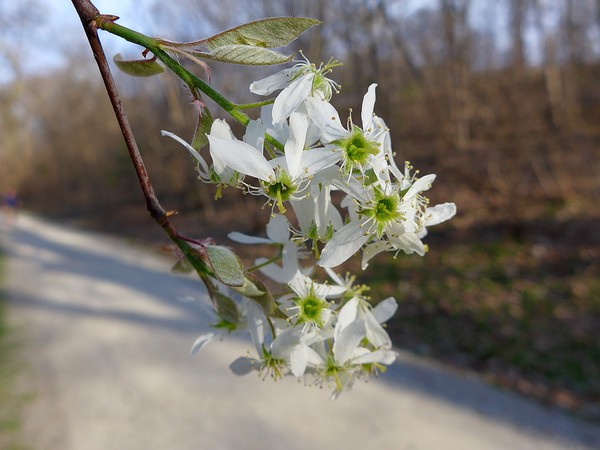
But it can show you why one species has the downy name.
Downy serviceberry refers to the soft hairs on the back of its young leaves. The hairs disappear as the leaves get older.
Do you think this cultivated leaf is downy?
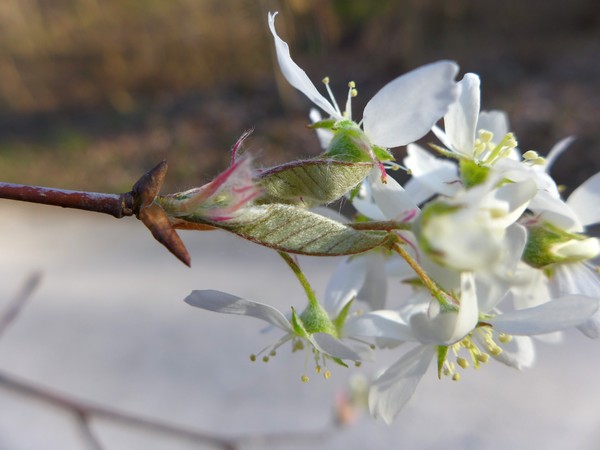
Maybe so.
(photos by Kate St. John)
